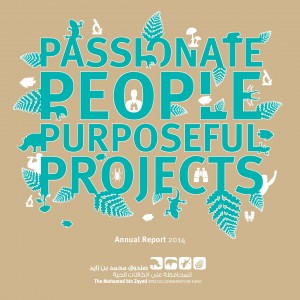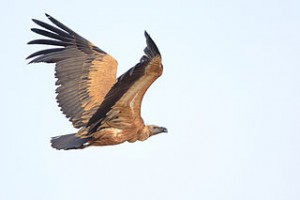We have an open door policy. Conservationists seeking grants are welcome to knock anytime – day or night. To be more specific, each year the Fund opens three windows (or doors) and as one closes, another opens.
The deadlines for grant proposals come at the end of February, end of June and end of October.
During each of these three periods we receive hundreds of applications from species conservationists.
Our advisory board, then, reviews the applications – making decisions to support some and reject others. Our advisory board is efficient, effective and decisive.
For those grant applications received before the end of February, the Fund will announce its decisions before the end of May. For those grant applications received by the end of June, grant recipients are informed in September. For those received before October’s end, awards will be made by the end of the year.
The Fund looks forward to reading through your applications and funding exciting projects throughout the year.


 document the existence of a small wildcat, the Mohamed bin Zayed Species Conservation Fund continues to support individuals in the villages, field stations, laboratories and homes, who are committed to conserving their local (and the world’s global) threatened species.
document the existence of a small wildcat, the Mohamed bin Zayed Species Conservation Fund continues to support individuals in the villages, field stations, laboratories and homes, who are committed to conserving their local (and the world’s global) threatened species.
